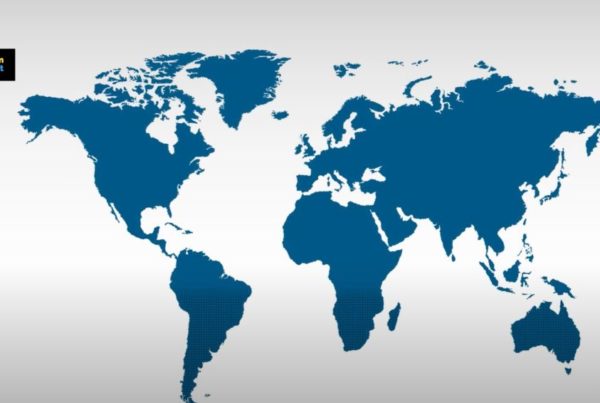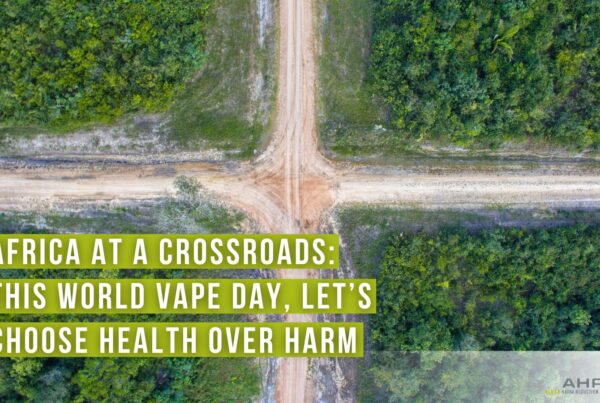As the United Nations prepares to observe this year’s World Population Day (July 11), the demographics of low—and middle-income countries are dramatically changing. The Day highlights the challenges and opportunities of a growing population, even as the global conversation around smoking and tobacco use continues to evolve.
World Population Day aligns with the United Nation’s Sustainable Development Goals (SDGs), particularly Goal 3, Good Health and Well-being. This goal is for all populations, including sub-Saharan Africa, underscoring the importance of leaving no one behind.

Today, 1.3 billion people worldwide use tobacco products, 80% of whom are in low- and middle-income countries. Tobacco smoking is a significant contributor to social inequalities in mortality and is the single most significant contributor to preventable illness and premature death in Africa.
Africa has had the highest increase in smokers worldwide since 1990 — 104% in North Africa and the Middle East and almost 75% in sub-Saharan Africa. In 2015, there were about 66 million smokers on the continent, but by 2025, it’s estimated there could be 84 million smokers. Sub-Saharan Africa is one of only two parts of the world, along with the eastern Mediterranean region, where smoking is set to increase in the coming decade.
Leveling The Field
Many efforts are being made to prevent unnecessary deaths from smoking in high-income countries. But despite one of W.H.O.’s key policies offering services to help smokers quit, 55% of all low-income countries provide no support at all. No low-income countries offer the best-practice services!
Although most countries in Africa have tobacco control policies, very few have cessation programs to support smokers trying to quit. To reverse the current trends of increased cigarette smoking and related illness across many parts of the African continent, we should emulate measures adopted in high-income countries.
To win the war against increased smoking rates in an ever-growing population, we need to renew our commitment to inclusivity by prioritising harm reduction interventions (e-cigarettes/heated products/nicotine pouches) for inveterate smokers in Africa.
Countries whose populations have benefitted from tobacco harm reduction, such as Sweden, New Zealand, the United Kingdom, and Japan, should serve as an example of how we can work towards a future that leaves no one behind, protecting the well-being and autonomy of all individuals, including tobacco users, regardless of their circumstances.
‘As this year’s World Population Day theme reminds us, investing in data collection is important to understanding problems, tailoring solutions, and driving progress.’ – UN Secretary-General António Guterres
THR Topics
Popular Posts
Quick Links
Women in THR
Related Posts
 Letter to the World Health Organization (WHO)
Letter to the World Health Organization (WHO)
Letter to the World Health Organization (WHO)
 Public Health implications of vaping in Germany
Public Health implications of vaping in Germany
Public Health implications of vaping in Germany
 Public Health implications of vaping in the United States of America
Public Health implications of vaping in the United States of America








